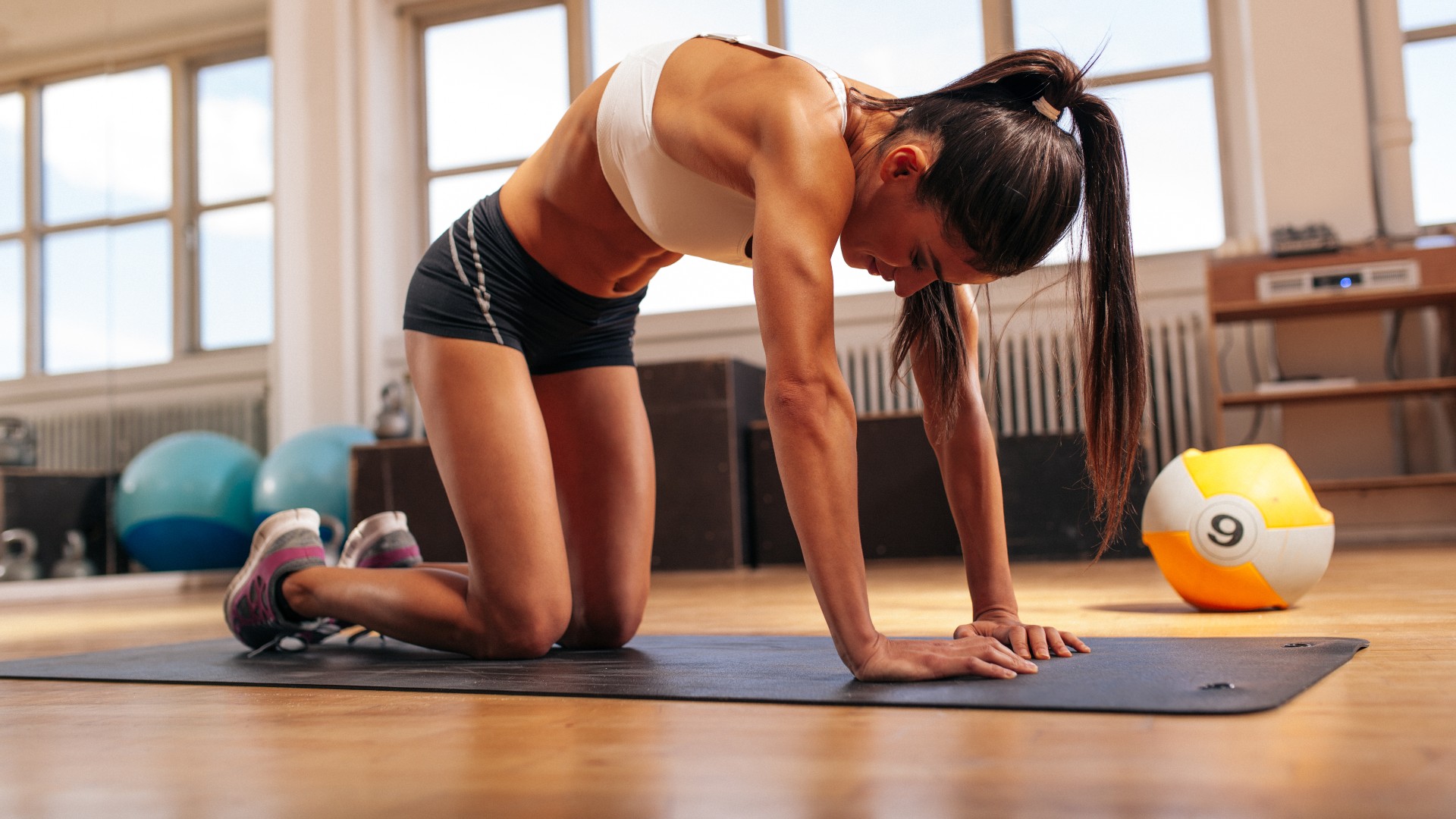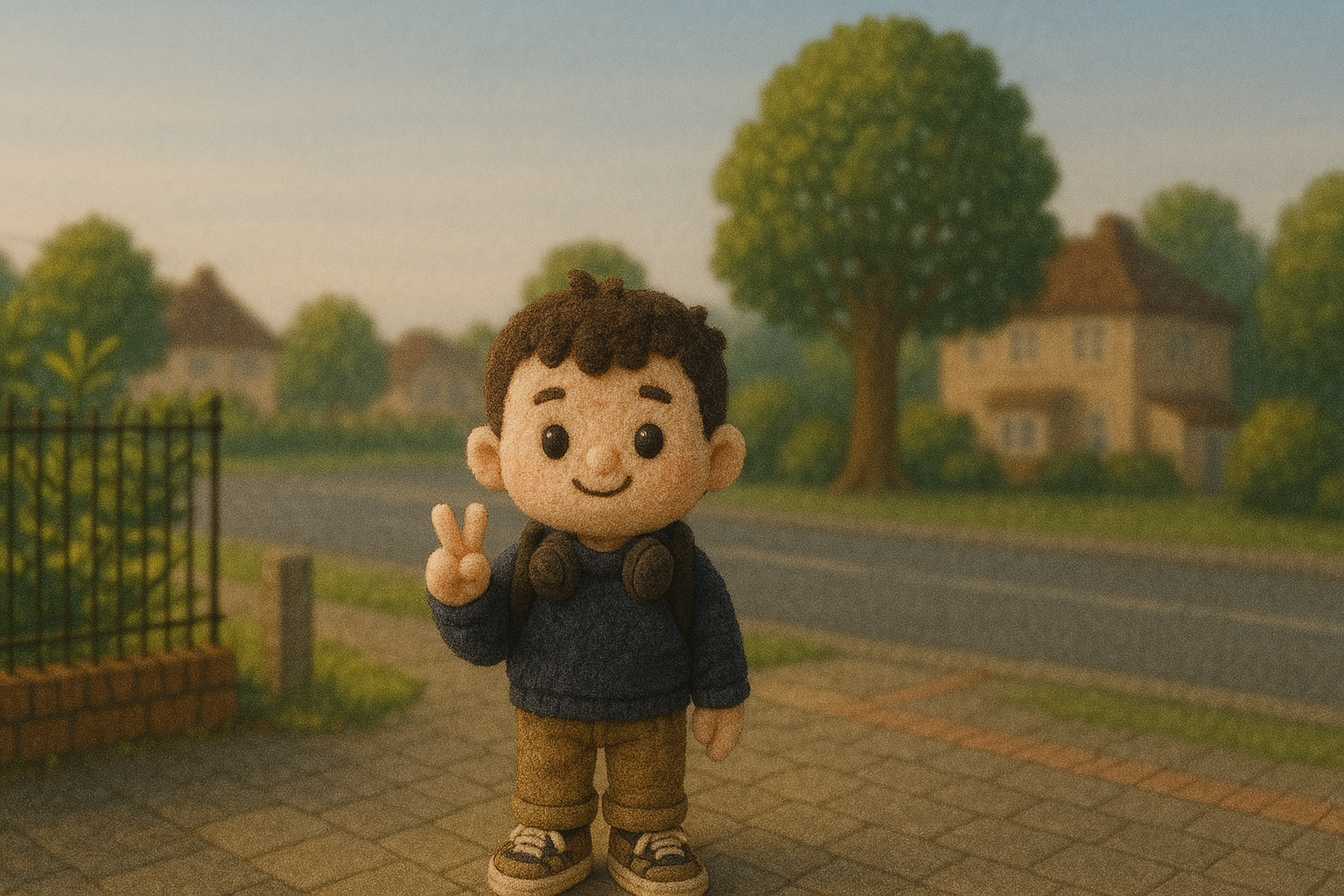
Pilates offers exercisers plenty of benefits — a regular practice could build strength and muscular endurance, improve posture, flexibility and balance and increase coordination, to name a few perks.
We turned to the Pilates pro Robin Kendall, Pilates instructor at East of Eden, for seven of the best Pilates exercises to de-stiffen your spine, strengthen your back, reduce pain and improve posture.
So if you’re suffering from sore and tight muscles, these low-impact Pilates exercises are accessible for all levels and could help release tension and improve back mobility. Grab one of the best yoga mats for recovery and read on.
What are the best Pilates exercises for back pain?
According to Kendall, our bodies should be moving in all planes of motion: forward-and-back (sagittal), side-to-side (coronal) and rotational (transverse). With the rise in sedentary living, many people tend to move in the sagittal plane and neglect other ways of moving. Therefore, the best Pilates exercises work in every plane.
Over time, moving in one plane could mean recruiting and overusing various muscle groups while neglecting others, leading to muscular imbalances and injury. If your spine is already inflexible or stiff, or you want to prevent spine problems, add these seven stretches to your arsenal to strengthen and stretch your back muscles and encourage flexibility.

The 7 best Pilates exercises to try now
Kendall advises, “Get the best out of these exercises by using Pilates breath which connects into and engages your deeper stabilizer core muscles.” That includes the abdominals, psoas (located in the lower lumbar spine region, extending through the pelvis to the femur), multifidus (muscles attached to the spine), transverse abdominis (deepest core muscles that wrap around your waist) and pelvic floor muscles.
Targeting these areas provides “360-degree spinal support and stability,” Kendall adds. “The Pilates breath is a lateral breath, a deep inhale through the nose into the sides and back of the ribcage and an exhale out through the mouth — as if blowing out candles on a birthday cake.”
Sign up to get the BEST of Tom's Guide direct to your inbox.
Get instant access to breaking news, the hottest reviews, great deals and helpful tips.
During each breath, focus on pulling the front abdominal wall back toward your spine, the pelvic floor muscles up and back toward the spine and the waist in.
1. The roll down
The move stretches the back extensors and increases the spinal range of motion.
- Stand in an upright position. Imagine a brick wall behind the back of your head, ribcage, pelvis and heels. Keep your legs hip-width apart
- Keep your arms in line with your body, palms facing inward
- Inhale, pause. On the exhale, allow your chin to lower to your chest. Leading with the head, start to peel your spine away from the wall toward the floor one vertebra at a time
- Your head and arms should be heavy and hang from your neck and shoulders
- Inhale, pause. Exhale as you reverse the move, rebuilding your spine against the wall to the start position. Repeat for 3 reps.
2. Side bend
To lengthen and mobilize the spine in side flexion. Your weight should be evenly placed through both feet, and the pelvis doesn’t move.
- Stand in an upright position. Imagine being sandwiched between two brick walls
- Place one hand behind your head, elbow bent out to the side and the other arm alongside the body, palm facing in
- Inhale, pause. Exhale as you gradually arch your spine to one side. Think of reaching up and over a ball to lengthen your spine up and over
- Inhale, pause. Exhale to reverse the move and return to the starting position. Repeat for 3-4 reps each side.
3. Supine spine twist
To lengthen and mobilize the spine in rotation. Initiate the move from the abdominals and obliques and keep both shoulders relaxed with shoulder blades on the mat.
- Lay on your back with your arms extended in a T-position, palms facing upward. Hips and knees should be at 90 degrees
- Inhale to move your legs and pelvis as one unit to one side into a gentle twist
- Exhale to return to the start position
- Repeat for 3-5 reps each side.
4. Back extension
To lengthen and mobilize the spine in extension. Keep your abdominals engaged and pelvis still, engaging your glutes and back muscles.
- Lay face down with your head aligned with the spine, arms straight alongside the body, palms pressing against the legs and legs together. You could also place both hands behind your head (see video)
- Inhale to lift the upper trunk away from the floor
- Exhale to lower your upper trunk without touching the nose to the floor
- Repeat for 5-10 reps.
5. Pelvic curl
To lengthen and mobilize the spine through articulation. Keep your hips level and legs parallel.
- Lay on your back in a neutral spine position with legs parallel, knees bent and feet on the floor. Rest your arms alongside the body, palms down
- Inhale, pause. Exhale to tilt the pelvis toward you, imprinting your lower back on the mat
- Roll the pelvis and spine up toward the ceiling one vertebra at a time, lifting the hips
- Inhale, pause. Exhale to reverse the move, rolling the spine and pelvis back down to the starting position.
6. Chest lift
To lengthen and mobilize the spine in forward flexion. Keep your head aligned with your spine when lifting into flexion, and rest the weight of your head in your hands.
- Lay on your back with a neutral spine and pelvis position with legs parallel
- Knee should be bent, feet hip-width apart, fingers interlaced behind the head and elbows out to the side
- Exhale to lift your head and chest, allowing the lower back to soften into the mat. Maintain the neutral pelvis
- Inhale, pause. Exhale to lower chest and head to the start position
- Repeat for 5-10 reps.
7. Rest position
To stretch the lower back and aid relaxation.
- Kneel with your legs together and sit on your heels
- Rest your chest on your thighs with your arms reaching forward on the floor shoulder width apart and palms down
- Breathe freely and relax the back, neck and shoulders.
Kendall recommends performing these exercises several times per day to give your spine some love.
Research has shown that Pilates has the potential to build strength and aid injury rehabilitation, making it suitable for beginners and advanced exercisers. But for those who don't enjoy consistent stretching, we love these 6 stretches for beginners that boost flexibility in your hamstrings, calves and ankles to ease you in.
More from Tom's Guide

Sam Hopes is a level 3 qualified trainer, level 2 reiki practitioner and senior fitness writer at Tom's Guide. She is also currently undertaking her Yoga For Athletes training course. Sam has written for various fitness brands and websites over the years and has experience across brands at Future such as Live Science, Fit&Well, Coach, and T3.
Having worked with fitness studios like F45 and Virgin Active, Sam now primarily teaches outdoor bootcamps, bodyweight, calisthenics and kettlebells. She also coaches mobility and stretching-focused classes several times a week and believes that true strength comes from a holistic approach to training your body.
Sam has completed two mixed doubles Hyrox competitions in London and the Netherlands and finished her first doubles attempt in 1:11.





